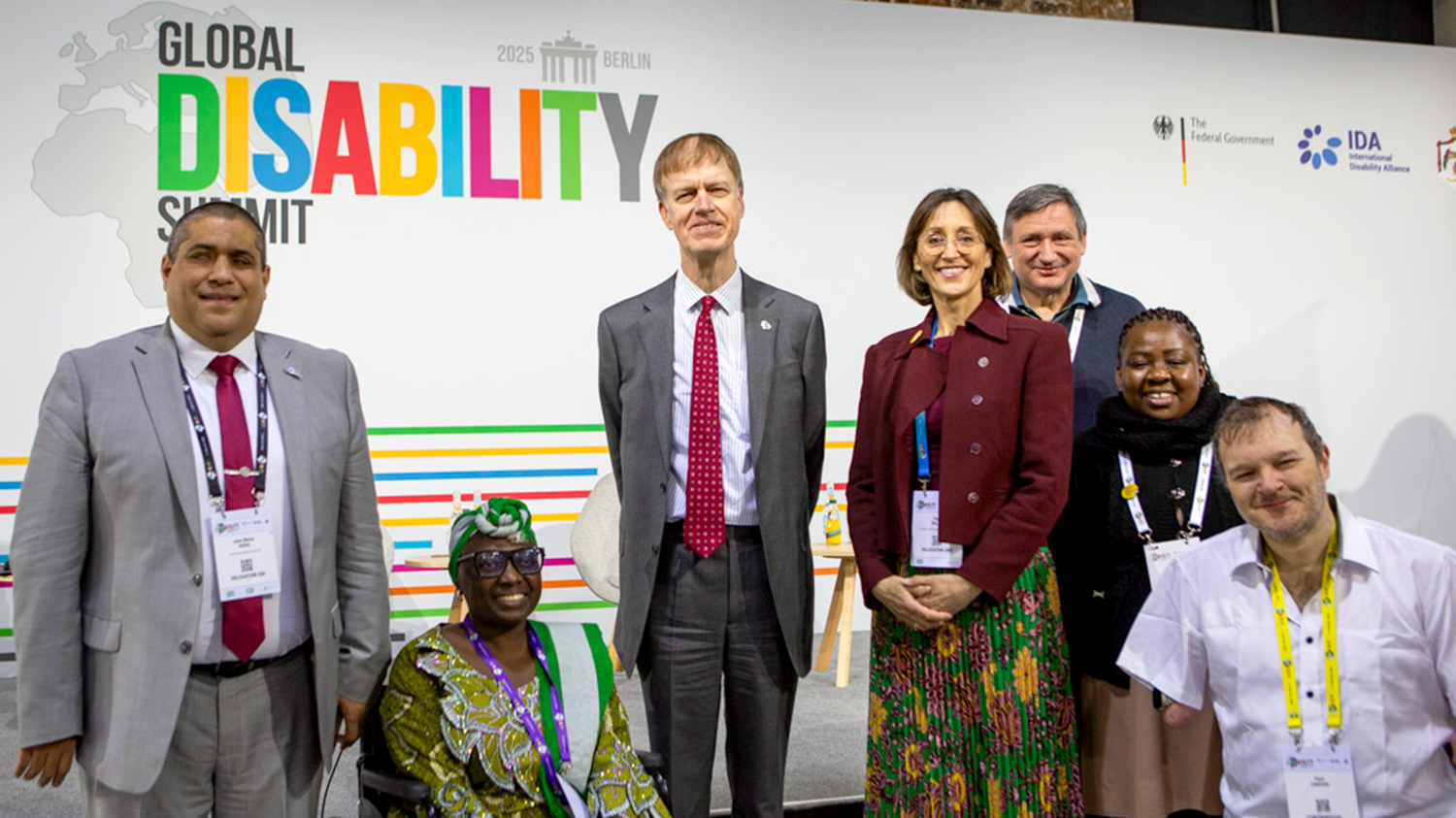
This includes involving various organizations of people with disabilities (OPD) in the monitoring and review of commitments, the use of national and international reports systems, and ensure that responsibility is integrated in each stage of implementation. Without this, we run the risk of the summit becoming a series of unique events instead of a driver of a real and lasting change.
Looking to the future
Now we have three years until the next global disability summit. By then, we must be able to look back and say: this was the time when the commitments became action, where governments, donors and non -governmental organizations not only made ambitious promises, but also established the financing and responsibility mechanisms to ensure that they are delivered.
If we do not act now, the 2030 sustainable development objectives will be out of reach, leaving hundreds of millions of people with disabilities behind. They will be denied education, medical care, voting rights and economic opportunities, deepening poverty and inequality.
People with disabilities have waited too much for promises to become a reality. This summit must be the turning point that ensures that the inclusion of disability is not only an aspiration, but a guarantee.






